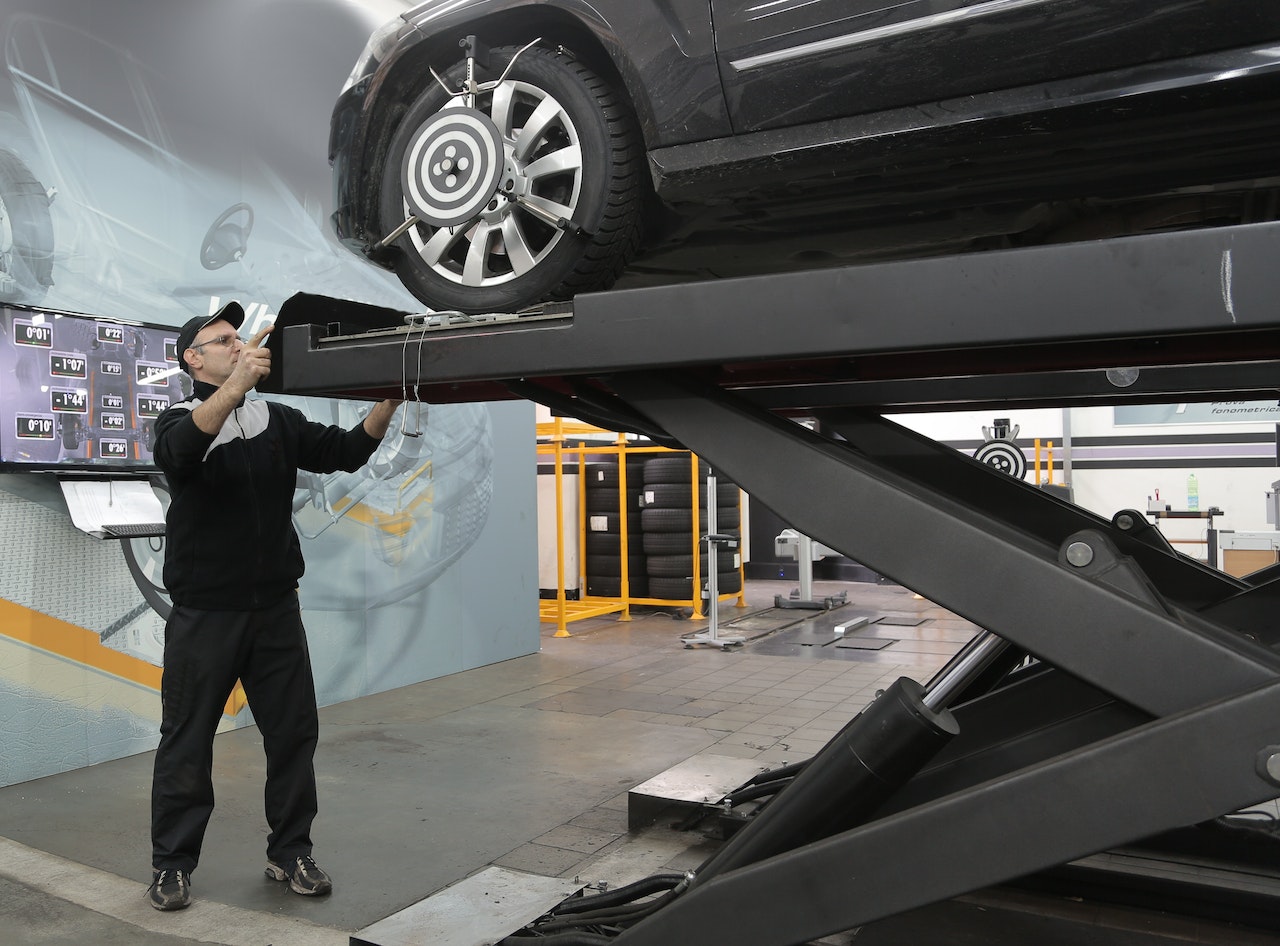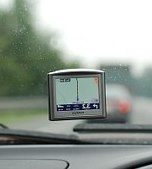Preview
Related Post

Most Common Types of Tests That a VTVP May Perform on a VehicleMost Common Types of Tests That a VTVP May Perform on a Vehicle
A Vehicle Technical Vehicle Inspector is a professional who inspects vehicles for safety and road-worthiness. They may perform various tests on a vehicle to assess its condition. If a VTVP has not yet checked your vehicle, visit a VTVP site now and click on ver mi turno vtv to get an appointment. This blog post will discuss the most common types of tests a VTVP may perform on a vehicle.
Safety Tests
In Buenos Aires, vehicle safety inspections (VTV) are mandatory for all vehicles. The purpose of these tests is to identify vehicles that may be unsafe to operate on the road. VTVPs (vehicle testing and inspection personnel) are trained to conduct these inspections and will typically test for the following:
- Tire condition and tread depth: bald or worn tires can be dangerous, especially in wet or icy conditions. VTVPs will check the condition of your tires and measure the tread depth to ensure they meet minimum safety standards.
- Brake function: brakes must be in good working order to stop a vehicle safely. VTVPs will test your brakes to see if they are responding properly.
- Suspension and steering: these components play an important role in how a vehicle handles. VTVPs will check for worn or damaged parts that could affect how your vehicle drives.
- Lights and reflectors: all lights and reflectors must be in working order so that other drivers can see you. VTVPs will check your vehicle’s lights and reflectors to ensure they are working properly.
- Windshield and mirrors: a cracked or broken mirror can impair your vision while driving. VTVPs will inspect your windshield and mirrors to ensure they are in good condition.
Compliance Tests
The VTVP may perform compliance tests on a vehicle to ensure it meets all the necessary standards and regulations. These tests usually involve checking the vehicle’s emissions levels, safety features, and other aspects.
Performance Tests
In addition to compliance testing, the VTVP may also conduct performance tests on a vehicle. These tests are meant to assess how well the vehicle performs under different conditions and scenarios. During these performance tests, the VTVP may test a vehicle’s acceleration, braking, handling, and other factors.
Durability Tests
Durability testing is another type of test that the VTVP may perform on a vehicle. These tests are designed to see how well a vehicle can withstand different types of wear and tear. During durability testing, the VTVP may subject a vehicle to extreme temperatures, vibration, and other conditions. As a motorist, knowing the different tests that a VTVP may perform on your vehicle is important. By knowing what to expect, you can ensure that your car complies with state safety regulations and avoid costly fines or penalties. Remember, if you have questions about the testing process or need assistance getting your vehicle ready for inspection, don’t hesitate to contact your nearest VTVP.

Deer Attractant Scents: Understanding and Using Lures EffectivelyDeer Attractant Scents: Understanding and Using Lures Effectively
For avid hunters, attracting deer is a crucial element of a successful hunt. Deer attractant scents have become a valuable tool in a hunter’s arsenal, helping to lure these elusive creatures within range. You can also try deer food plot seeds to attract deer, and you’ll have to wait for a little while. But what is the science behind deer attractants, and how can you use them effectively? In this guide, we will explore the different types of deer attractant scents and provide tips on how to use them.
Understanding Deer Attractant Scents
Deer attractant scents, often referred to as deer lures or deer urine, mimic natural deer scents to attract deer by appealing to their senses. These scents are typically collected from deer and come in various forms, including liquid, gel, or spray. Understanding the types of deer attractants and their purposes is essential for using them effectively.

Types of Deer Attractant Scents
The two main types of deer attractant scents are doe urine and buck urine. Doe urine is collected from female deer during their estrus cycle, while buck urine is collected from male deer. Each type of scent serves a different purpose in attracting deer.
- Doe Urine: Doe urine is used to attract both does and bucks. During the rut (breeding season), bucks are constantly searching for does to mate with. By using doe urine, you can create the illusion of a receptive doe in the area, drawing in curious bucks looking for a potential mate.
- Buck Urine: Buck urine is primarily used to attract other male deer. During the rut, dominant bucks will mark their territory by urinating on trees or branches. By using buck urine, you can create the impression of a dominant buck in the area, potentially triggering other bucks to come to investigate and assert their dominance.
Using Deer-Attractant Scents Effectively
Now that we’ve covered the basics of deer attractant scents, let’s explore some tips for using them effectively.
Know Your Local Deer Population
Before using any deer attractant scent, it’s crucial to understand the deer population in your area. What types of deer are prevalent? Are you dealing with a dominant buck or a more passive one? Knowing this information will help you choose the right type of attractant and improve your chances of success.
Use Attractants Sparingly
Using too much attractant can actually have the opposite effect on deer, as they may become suspicious of the strong scent. It’s best to use attractants sparingly and strategically in areas where deer are known to frequent.
Consider Wind Direction
Deer have a keen sense of smell, so it’s essential to consider wind direction when using attractants. You want the scent to travel towards the deer, not away from them. Be mindful of the wind and use attractants accordingly to maximize their effectiveness.
Experiment With Different Scents
Every deer is different, and what may work for some may not work for others. It’s essential to experiment with different scents to determine which ones are most effective in your hunting area. Also, consider using a combination of scents, such as doe urine and buck urine, to create a more realistic scent profile.

Follow Local Regulations
Before using any deer attractant scents, make sure to check local hunting regulations, as they may vary from state to state. Some states may have restrictions on the use of certain types of scents or methods for attracting deer.
In Conclusion
Deer attractant scents can be valuable tools for hunters looking to improve their success in the field. By understanding the types of scents available, how they work, and using them effectively, hunters can increase their chances of attracting deer and securing a successful harvest. Remember that patience, proper timing, and a good understanding of deer behavior are essential elements of successful hunting, and deer attractant scents are just one part of the puzzle.

4 Key Benefits of Using Fleet Management Systems4 Key Benefits of Using Fleet Management Systems
A GPS tracking system is built to provide car owners and fleet managers peace of mind. Besides, it also helps optimize business operations and reduce fleet related losses. To use fleet management systems, you need to install it on the vehicles and join it to a remote software system, which provides real-time coordinates of the position of the car. For optimal performance, you need to ensure that you have the right fleet management software on your vehicle. In this regard, here are a few things to consider when looking or shopping for a GPS tracking system
Types of GPS Systems
There are different types of GPS tracking systems today. For personal use, the most popular type is the driving companion which is an onboard device that finds the best routes and driving directions from one place to another. The GPS enabled car is traced down to the real location of the vehicle and can be used for dynamic fleet management.
Benefits of GPS systems
Responsiveness to Emergencies
GPS-enabled vehicles can be used to manage emergency situations as well. Knowing the position of the mishap and also the location of the GPS enabled ambulance can be used to guide the ambulance using the shortest route. With the advantages at hand, many ambulance companies have embraced the use of GPS systems as well.
Better Supervision
Most of the GPS systems use a visual representation of the real-time position of the vehicle using wireless networks. This way, ordinary people can quickly know if they are using the proper routes to their destination or not. Besides, fleet managers can also identify the positions of their inventories in real time and calculate the arrival or delivery most correctly.
Eliminate Reckless Driving
Some fleet management systems are also able to indicate the speed of the vehicle. As such these presents a monitoring tool that can ascertain whether the driver is driving responsibly. This limits the incidence of accidents considering that reckless is addressed before it becomes costly.
Reduced Costs
 As such, the fleet managers can save money by avoiding hefty road fines, accidents and most importantly keep their reputation intact. A speed-limit pointer can help the fleet managers, or anyone tasked with monitoring drivers to take immediate action against any driver that fails to play by the rules.
As such, the fleet managers can save money by avoiding hefty road fines, accidents and most importantly keep their reputation intact. A speed-limit pointer can help the fleet managers, or anyone tasked with monitoring drivers to take immediate action against any driver that fails to play by the rules.
By considering all the facts mentioned above about GPS-enabled fleet management systems, the cost of implementation and recurring costs, the ease and comfort, these tracking tools in an invaluable for anyone. With it, fleet management becomes easy and efficient.


